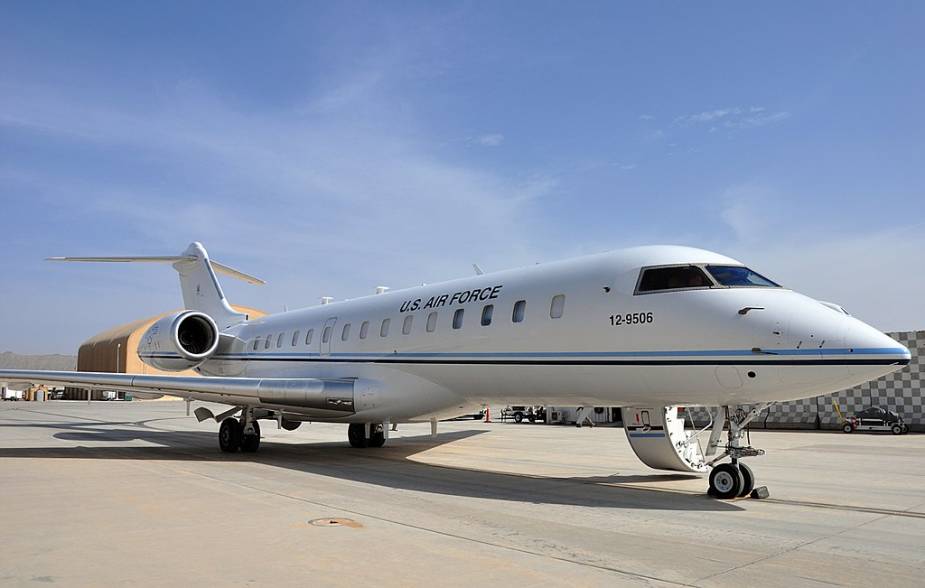The U.S. Department of Defense announced on 21 January that Northrop Grumman has been awarded a $3,600,000,000 indefinite-delivery/indefinite-quantity contract for Battlefield Airborne Communications Node (BACN) operations, sustainment and support.
Follow Air Recognition on Google News at this link

A Bombardier E-11A at Kandahar International Airport (Afghanistan) in April 2019 (Picture source: U.S. Air Force/Capt. Anna-Marie Wyant)
This contract provides for research, development, test, and evaluation, integration and operations and sustainment for existing and future payloads contained in or connected to the BACN system and associated ground stations or controls, ancillary equipment, support equipment and system integration laboratories. Work will be performed in San Diego, California, and overseas locations, and is expected to be completed by Jan. 24, 2026. Fiscal 2021 operation and maintenance funds in the amount of $23,673,035 are being obligated with the initial task order at the time of award. The Air Force Life Cycle Management Center, Hanscom Air Force Base, Massachusetts, is the contracting activity.
The Battlefield Airborne Communications Node (BACN) is a U.S. Air Force airborne communications relay and gateway system carried by the unmanned EQ-4B and the manned Bombardier E-11A aircraft. BACN enables real-time information flow across the battlespace between similar and dissimilar tactical data link and voice systems through relay, bridging, and data translation in line-of-sight and beyond-line-of-sight situations. Its ability to translate between dissimilar communications systems allows them to interoperate without modification.
Because of its flexible deployment options and ability to operate at high altitudes, BACN can enable air and surface forces to overcome communications difficulties caused by mountains, other rough terrain, or distance. BACN provides critical information to all operational echelons and increases situational awareness by correlating tactical and operational air and ground pictures. For example, an Army unit on the ground currently sees a different picture than an aircrew, but with BACN, both can see the same picture.
















